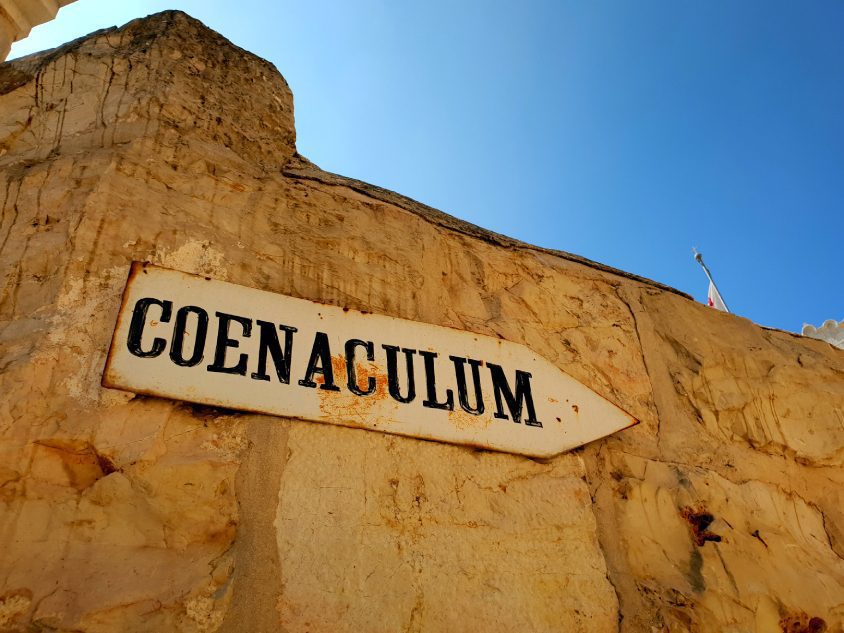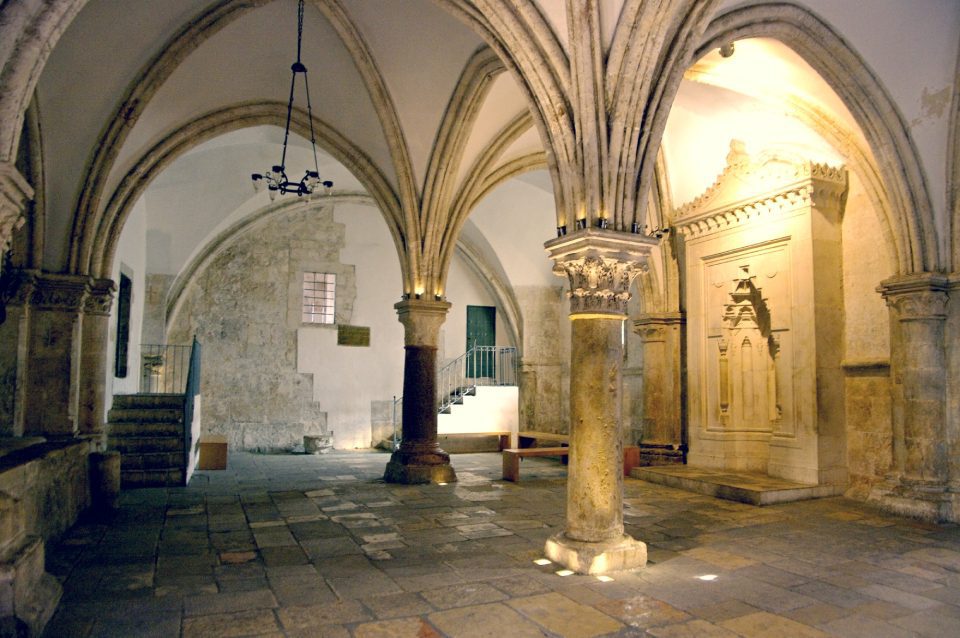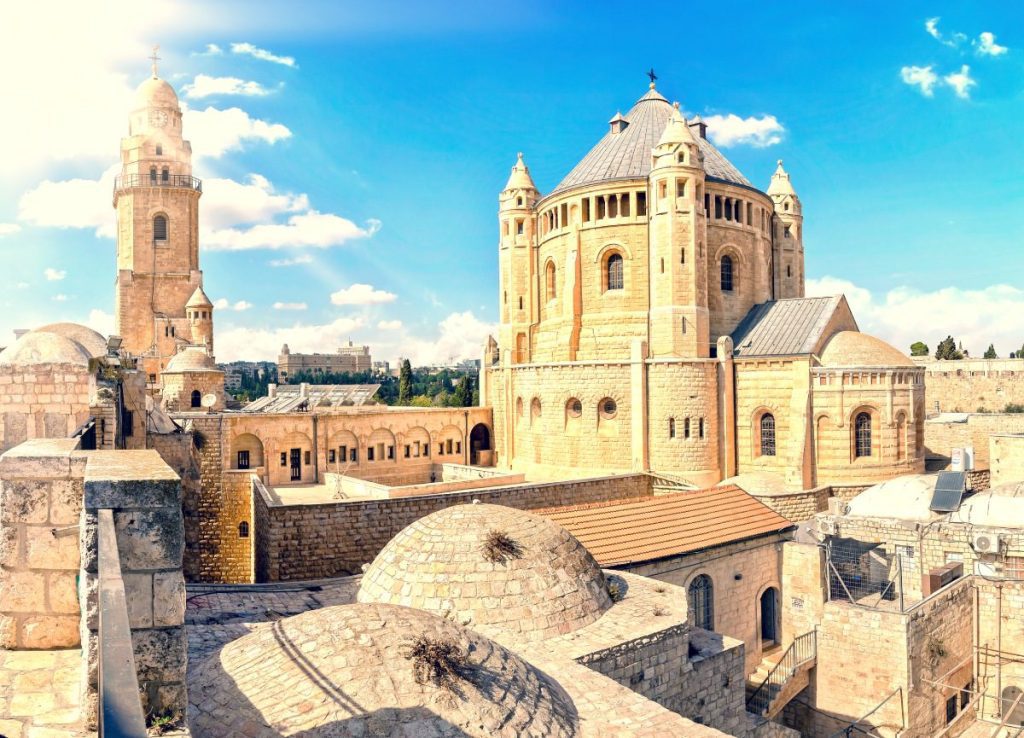The Room of the Last Supper, also known as the Cenacle (Latin for dining room); or the Upper Room, is a room in the compound of King David’s Tomb in Jerusalem; that tradition point to as the site of the Last Supper where Jesus ate his last meal with his disciples.

History of the Room of the Last Supper
In Christian tradition, the room is also believed to be the space where the Holy Spirit alighted upon the eleven apostles on Pentecost and the place where the apostles stayed in Jerusalem. The Cenacle is known as one of the holiest sites for Christianity in Holy Jerusalem.

The Cenacle is located on an upper floor of what Catholics believe to be the first Christian church and what other denominations believe to be the Church of Saint Peter. The site dates back to the 7th century, where a Byzantine structure once stood before the invading Persians leveled it.
The Dormition Abbey

Then the site was rebuilt by Crusaders in the 12th century and renovated into its current form in 1335 by the Franciscan monks, who became the custodians of the Cenacle. Later, the church was converted into a mosque by the Ottomans in the 16th century. Today, the church is deeply significant for both Christians who visit the Upper Room and Jews who hold the ground floor Tomb of David sacred.
Inside the Room of the Last Supper
The rectangular-shaped Upper Room has an array of beautiful architectural elements that highlight the room’s rich history; and the different cultures that added distinctive touches. A rib-vaulted ceiling is supported by slender freestanding marble columns topped with intricately carved Gothic column capitals. An Arabic wall inscription dating back to 1524 CE when the Ottomans took over; describes how Sultan Suleiman converted the church into a mosque; and other Arabic elements from the same period include a Gothic-Christian-style window; with stained-glass featuring Arabic Quran verses; a mihrab (prayer niche), and a small staircase to the minaret.

In one of the hall’s corners, a staircase covered by a small dome leads down to the Tomb of King David and a hand-decorated pillar in medieval Christian art, depicting a pair of pelican fledglings painfully pecking into their mother’s heart; symbolizing Jesus’ sacrifice for mankind.
Don’t Miss!
The views from the Room of the Last Supper are of the Dormition Abbey and the Old City Walls, including Mount of Olives, are spectacular and not to be missed.

